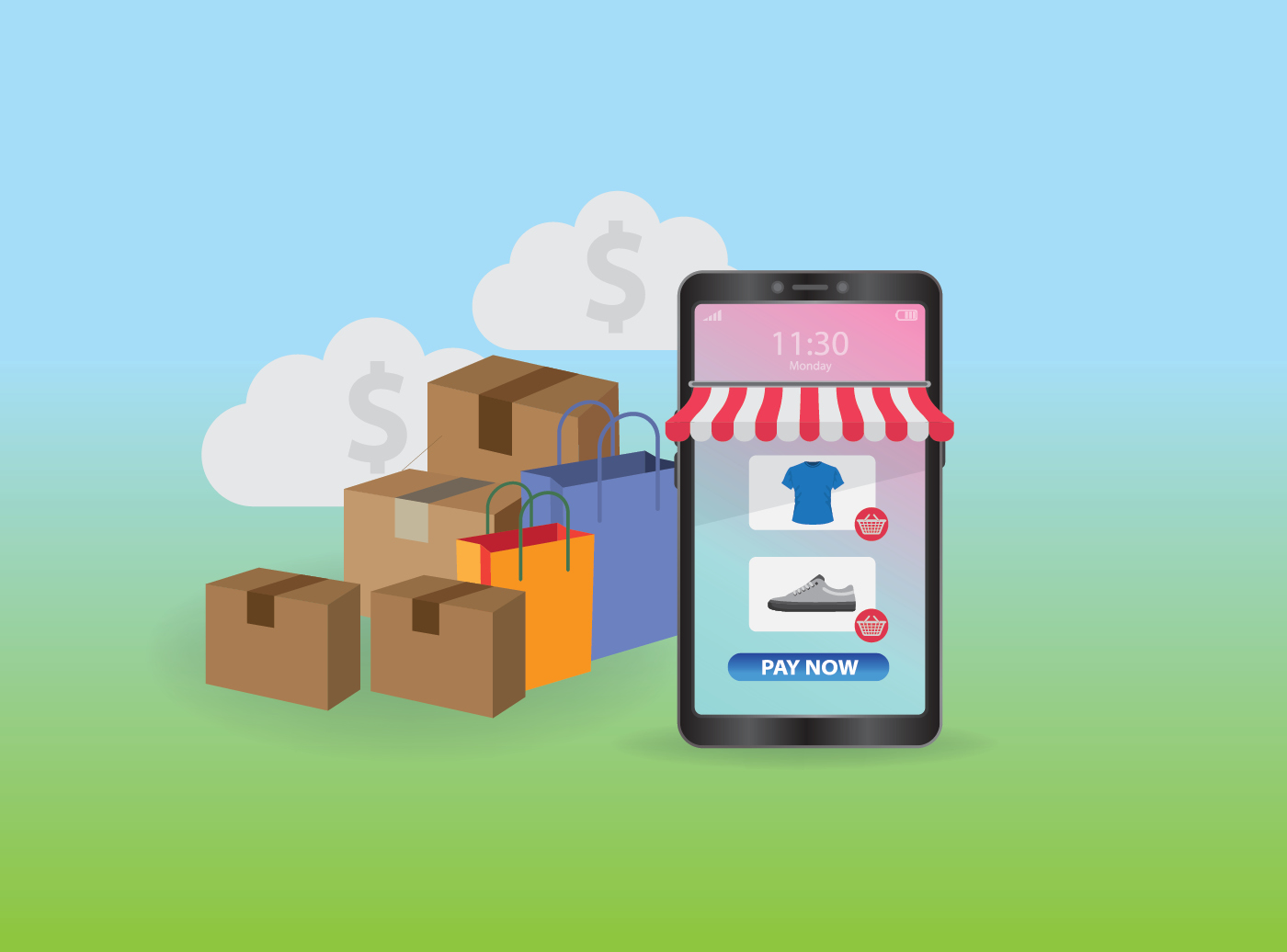Hear from the shipping experts on how to navigate a heavily carrier-favored evolving shipping environment
On the brink of peak season mayhem, the parcel shipping space is looking very similar to where it was in 2021, and we can only expect parcel volume to grow. As of just last month, nearly a quarter of US shoppers are shopping online more now than earlier this year – can we expect that number to double in peak season? Given that challenges in securing capacity were abundant in both 2020 and 2021, carrier capacity constraints are likely to continue through the upcoming peak season. Also mirroring 2021, peak season will likely start much earlier than the traditional fall expectation. If you’re just starting to plan, it may be too late.
Planning earlier was one of the first prerequisites for a successful 2022 peak season, but what is the next? Understanding that the best strategy for managing the expected capacity constraints will be navigating around them with specific and creative shipping alternatives. Let’s dive into a couple of these strategies below.
Carrier Diversification
We learned from years past that putting all of your eggs in one basket simply doesn’t end well. When brands rely solely on the same 2 or 3 carriers (heaven forbid using 1) to ship an elevated number of peak season packages, it puts additional pressure and volume on those carriers, typically reducing efficiency and consistency. And with national carriers limiting the number of packages that can be shipped during peak season and surcharges and fines climbing each year, this strategy just isn’t viable anymore. Not to mention, the panic that some brands experience last year when they were essentially fired by carriers. But when your Enterprise Software Stack (ESS) includes access to an expansive list of carriers across multiple levels including national, regional, and local, you can expect faster and less expensive deliveries, and better customer deliver experiences. By adding carriers to your carrier base, you have options for spreading out capacity, which injects flexibility into your supply chain strategy.

Learn more about Carrier Diversification:
Read: Top 4 Myths About Carrier Diversification or Listen: Carrier Concerns: Budgeting, Capacity, & Contracts with LPF Spend Management
Leverage Zone Skipping
Zone skipping is a shipping tactic that can shorten the transit time of a package using regional consolidations. For example, a retailer with a Distribution Center (DC) in Boston could employ a regional carrier to perform a zone skip for their shipments going out West. The carrier would group all of their packages going to the West coast in one pile and ship those separately from those that need to stay on the East coast or be delivered in the Midwest. Rather than having all of the West coast packages stop in shipping hubs in Chicago and Denver (and incur shipping costs every time it is handled there), the packages could skip these zones and jump closer to their regional destination. Because regional carriers have core competencies in their specific regions, as well as the time and resources to focus on their smaller volume, there is less room for error and often great on-time delivery percentages.

Learn more about Zone Skipping:
Read: How Zone Skipping Can Transform Your Parcel Fulfillment Strategy
Omnichannel Fulfillment
Zone skipping can make sense for a lot of shipping scenarios but unfortunately not all. With analysts touting a shift from “Just in Time” to a “Just the Customer” mindset, an operational strategy centered around customers means employing an inventory fulfillment network that supports the delivery experiences (and timeframes!) that customers want. Offering inventory at multiple fulfillment locations, including stores, warehouses, and Third-Party Logistics (3PLs) facilities, facilitates shorter transit times with the product closer to the customer and allows for shorter, affordable shipping services such as curbside pickup, buy-online-pickup-in-store (BOPIS), one-day or same-day shipping. This adds up to better customer experiences and a more resilient supply chain – a necessity in today’s volatile shipping environment.

Learn more about Omnichannel Fulfillment
Read: Multichannel Merchant: The Key to True Omnichannel Integration
Partner with a Successful 3PL
Mentioned in the last section, 3PL partners can often decentralize fulfillment across different inventory locations in regions across the country. Successful 3PLs often have strong business relationships with carriers and can extend that partnership to assist in contract negotiations (discounted rates!?) and assist in broadening service options like next-day and same-day shipping. Not only do they bring these connections to the table, but 3PLs also help you save money in your overall transportation spend. Avoid purchasing that extra warehouse and hiring a crew to work there when you can work with a 3PL to move to a direct-to-consumer (DTC) strategy.

Learn more about 3PLs
Read: A Parcel Shipping Future So Bright, You Need to Wear Shades
How Multi-Carrier Shipping Software Ties It All Together
By this point, it is pretty obvious that capacity constraints will be around this peak season, but you do have options for handling them. Multi-carrier shipping software can simplify and streamline many of the above critical strategies for navigating capacity constraints. An elite parcel shipping software, that can ship an incredible package volume (without downtime), will simplify and expedite carrier onboarding to add key carriers and service options to your portfolio. This essential software will also enable the use of zone skipping by applying automated business logic to select the most efficient carrier hub, include the cost into the total delivery cost (even in a rate shopping comparison!), and finally produce the required paperwork including the right shipping labels.
With a seamless integration into the ESS, multi-carrier shipping software will allow you to see the full picture of the best delivery method at the lowest cost, not to mention the increased visibility from a system that serves as the knowledge hub for information from every step from order to delivery. Finally, 3PLs gain a leg up on the competition early on with an arsenal of knowledge and technology tools that can supercharge the e-commerce initiatives of both manufacturing and retail customers. To find out how ProShip multi-carrier shipping software can help you handle capacity constraints to build a flexible and resilient supply chain strategy, contact us today!

 Back to Blog
Back to Blog






